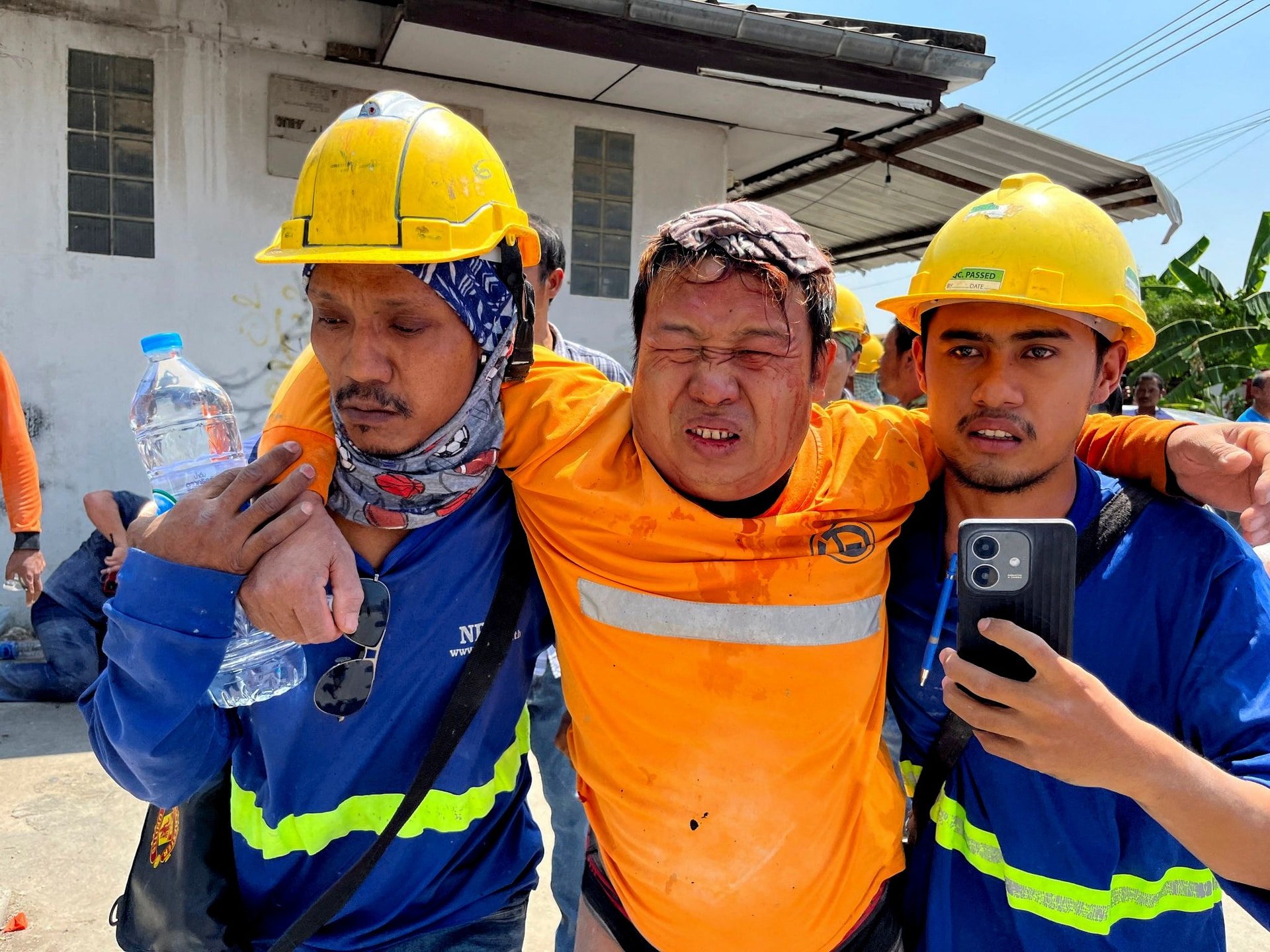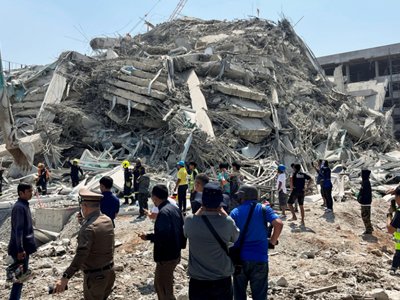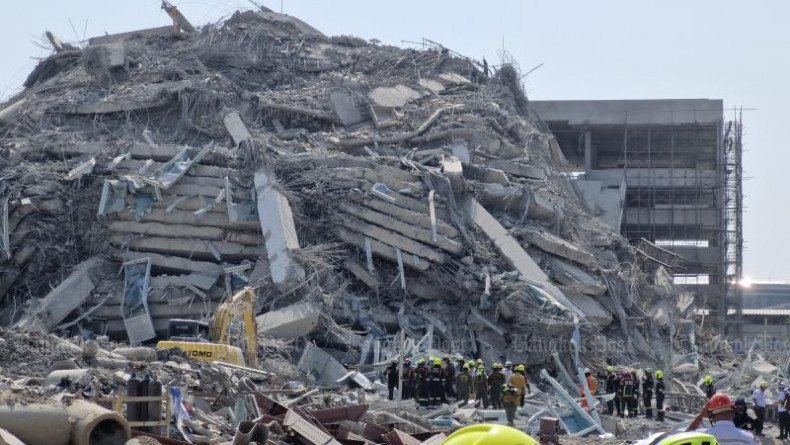A powerful earthquake has struck Myanmar, leaving widespread devastation and many affected regions still cut off from communication and aid. As the country struggles to cope with the disaster, international assistance has become a crucial factor in relief efforts. The President of the United States has pledged support, promising to help Myanmar recover from this catastrophic event.
### The Impact of the Earthquake

The earthquake, which registered a high magnitude on the Richter scale, has caused significant destruction in several regions of Myanmar. Entire villages have been reduced to rubble, and vital infrastructure such as roads, bridges, and communication networks have been severely damaged. Thousands of people have been displaced, and the death toll continues to rise as rescue teams struggle to reach the hardest-hit areas.
According to initial reports, many regions remain completely isolated due to landslides and collapsed buildings blocking access. Survivors are in dire need of food, clean water, and medical assistance. Emergency response teams have been deployed, but the extent of the damage has made their operations extremely challenging.
### Challenges in Reaching Disaster Areas
One of the most pressing issues following the earthquake is the difficulty in reaching affected areas. Many rural regions in Myanmar already have limited infrastructure, and the earthquake has exacerbated these challenges. Landslides triggered by the quake have buried roads, making it impossible for rescue teams and aid convoys to reach some locations.
Additionally, communication lines have been cut off in numerous areas, leaving many communities completely disconnected from the outside world. This lack of communication has made it difficult to assess the full scale of the disaster and coordinate relief efforts effectively.
### International Aid and US Support

In response to the crisis, the President of the United States has expressed deep concern over the situation in Myanmar. In an official statement, he emphasized the US government’s commitment to providing humanitarian aid and technical assistance to help Myanmar recover.
“Our hearts go out to the people of Myanmar during this difficult time. We stand ready to assist in any way possible and are working closely with international partners to deliver aid to those in need,” the US President stated.
The US government has announced an emergency relief package, which includes financial aid, food supplies, and medical assistance. Additionally, US-based humanitarian organizations have mobilized teams to assist with disaster response efforts on the ground.
### The Role of International Organizations
In addition to US support, several international organizations, including the United Nations, Red Cross, and World Health Organization, have stepped in to provide crucial aid. These organizations are working tirelessly to deliver food, medical supplies, and emergency shelter to affected communities.
Efforts are also underway to restore communication networks and reopen access routes to the most isolated areas. The UN has called for immediate international support, urging countries to contribute to the relief efforts to prevent further humanitarian suffering.

### The Response from Myanmar’s Government
The Myanmar government has declared a state of emergency in the affected regions and has deployed military and emergency services to assist with rescue operations. However, the scale of the disaster has overwhelmed local authorities, making international assistance a vital component of the response effort.
Myanmar’s leadership has welcomed aid from foreign governments and humanitarian organizations, acknowledging the urgent need for external support. The government has also established emergency shelters for displaced individuals and is coordinating efforts to provide basic necessities to those impacted by the quake.
### Rebuilding and Long-Term Recovery
While immediate rescue efforts remain a top priority, discussions on long-term recovery and rebuilding have already begun. Experts emphasize the importance of constructing earthquake-resistant infrastructure to prevent similar levels of destruction in the future.
International donors have pledged to support Myanmar in rebuilding efforts, ensuring that affected communities can recover and regain stability. Reconstruction efforts will focus on rebuilding homes, schools, hospitals, and roads, with a strong emphasis on improving disaster preparedness and resilience.

### Conclusion
The earthquake in Myanmar has caused immense devastation, leaving many disaster areas still disconnected and in desperate need of assistance. The US government has stepped forward to provide crucial aid, and international organizations are working tirelessly to support relief efforts. As Myanmar embarks on the challenging path to recovery, global cooperation and continued support will be essential in helping affected communities rebuild and regain a sense of normalcy. The road ahead is long, but with united efforts, Myanmar can overcome this tragedy and emerge stronger.
